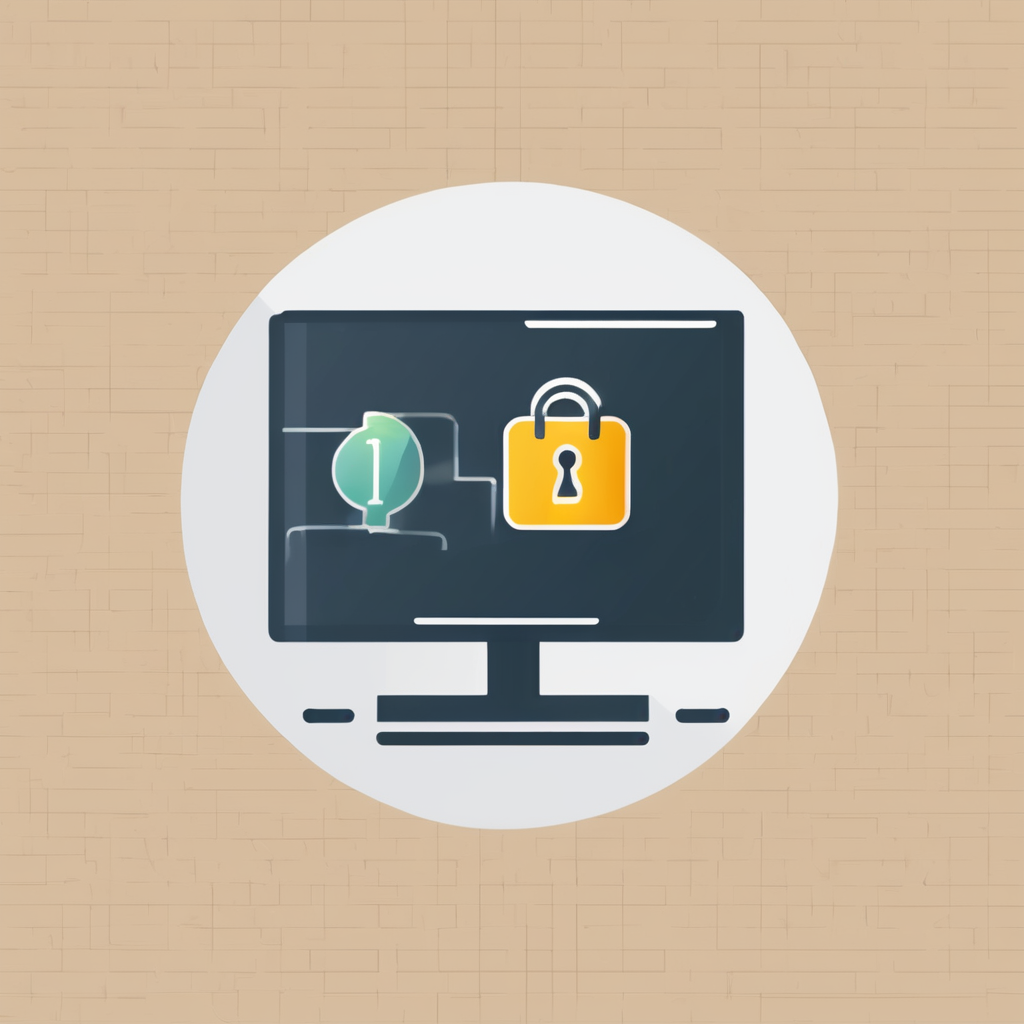Emerging Technologies Shaping the Next Generation Internet
New internet innovations are rapidly transforming how we connect, communicate, and interact online. The future of the internet hinges on continuous advancement in several emerging technologies that enhance speed, security, and interactivity. These technology trends ensure digital connectivity remains resilient and scalable as demand soars.
At the forefront are networks evolving from 5G to 6G, promising ultra-fast, low-latency connections. The Internet of Things (IoT) integrates billions of devices, enriching data exchange and automation. Blockchain provides decentralized, tamper-resistant frameworks, boosting trust in online transactions.
Also read : How Is the Internet Transforming the UK’s Computing Landscape?
Artificial intelligence (AI) transforms content delivery, personalization, and cybersecurity defenses, making the internet more intuitive and secure. Edge computing complements cloud systems by processing data closer to users, reducing latency and bandwidth usage.
Quantum computing and extended reality (XR) also hold significant promise. Quantum technologies could break through current computational limits, while XR merges physical and virtual worlds for immersive experiences. Together, these technologies reshape capabilities across sectors—from entertainment to healthcare—enabling an internet future that is faster, smarter, and more secure.
Topic to read : How Can the Evolution of Internet Technology Impact Future Communication?
The Impact of 5G and 6G on Digital Connectivity
Exploring broadband advancements that shape our connected future
The arrival of 5G has transformed mobile internet by delivering significantly higher speeds and ultra-reliable low-latency communication. This leap enables real-time applications such as HD video streaming, virtual reality, and seamless video calls. With its enhanced mobile internet capabilities, 5G has accelerated digital transformation across industries and daily life.
Looking ahead, 6G promises even faster broadband advancements, potentially reaching terabit-per-second data rates. This next generation will support ultra-high-speed connectivity and intelligent networks, making possible truly immersive experiences and smart infrastructure that adapts instantaneously.
These technologies serve as the backbone for innovations in smart cities, telemedicine, and autonomous vehicles. For example, 5G networks enable real-time traffic management and remote surgeries, where latency and reliability are critical. Meanwhile, 6G’s future enhancements could facilitate instantaneous communication between autonomous cars, dramatically improving safety and efficiency.
Both 5G and 6G signify monumental steps in mobile internet evolution, advancing broadband capabilities that underpin smarter, faster, and more responsive digital environments.
Internet of Things (IoT): Connecting Everything
The Internet of Things (IoT) is transforming how we interact with the world by linking everyday items into connected ecosystems. These smart devices communicate seamlessly, enabling automation that enhances efficiency across numerous areas. From industrial sensors monitoring machinery health to wearables tracking patient vitals in healthcare, IoT drives real-time insights and proactive responses.
In manufacturing, IoT facilitates predictive maintenance, reducing downtime and saving costs. Within healthcare, interconnected devices allow continuous patient monitoring, improving outcomes by alerting providers to potential issues before they escalate. Consumers benefit from smart home systems that adjust lighting, temperature, and security based on user habits, demonstrating practical automation.
Looking ahead, IoT is expected to spark an exponential increase in connected devices and data generation. This surge will deepen automation capabilities, empowering smarter decision-making and novel applications. However, it also demands rigorous attention to security and data privacy as ecosystems grow more complex.
Overall, IoT is not just about connectivity—it’s a foundation for a more responsive, efficient, and intelligent world.
Blockchain and Web3: Decentralising the Internet
Unlocking new paradigms through trust and ownership
The internet is undergoing a profound shift from centralised platforms controlled by a handful of companies to decentralised models driven by blockchain technology. This transformation addresses issues of control and gatekeeping by enabling direct peer-to-peer interactions without intermediaries. At the heart of this shift is blockchain, an immutable ledger providing security and transparency. Every transaction or data exchange is recorded transparently, building trustless systems where participants don’t need to trust a central authority.
Web3 embodies this evolution by creating digital environments where users truly own their data and digital assets. Unlike traditional web models, Web3 leverages blockchain to ensure digital ownership is provable and secure. For example, Non-Fungible Tokens (NFTs) allow unique assets to be owned and traded on decentralized platforms, redefining concepts of value and ownership online.
Decentralised finance (DeFi) further exemplifies this shift by offering financial services without banks or brokers. By combining blockchain’s transparency with Web3’s open protocols, users gain secure, direct access to lending, borrowing, and trading, showcasing how decentralisation can reshape economic models fundamentally.
Artificial Intelligence Integration Across Networks
Artificial intelligence (AI) has become a cornerstone in building intelligent networks that adapt and respond dynamically. By leveraging machine learning algorithms, networks can optimise traffic flow, reducing congestion and latency. For instance, AI analyses real-time data to prioritise bandwidth where users need it most, enhancing the overall experience. This level of automation is crucial in today’s high-demand environments.
AI also plays an indispensable role in cybersecurity. Through continuous monitoring and pattern recognition, AI-powered systems can detect and neutralise threats before they escalate. Predictive maintenance benefits similarly, as AI anticipates potential hardware failures, allowing preemptive action that minimises downtime.
Moreover, AI enhances content delivery networks by personalising recommendations and speeding up load times according to user behaviour. Case studies in AI-powered search engines demonstrate this by using machine learning to improve search result relevance, significantly elevating user satisfaction. Automated moderation tools apply AI to filter out harmful content efficiently, preserving platform integrity without manual oversight.
In sum, the integration of AI transforms networks into smarter, more responsive infrastructures that blend automation with user-focused adaptability.
Edge Computing: Processing Data Closer to the Source
Edge computing represents a significant shift from relying solely on centralized cloud servers to processing data closer to the source. This approach reduces latency by handling data locally, essential for applications demanding real-time responsiveness. For instance, autonomous vehicles require split-second decisions to operate safely, where even milliseconds of delay could be critical. Edge computing enables onboard systems to process sensory inputs directly, enhancing safety and efficiency.
Similarly, industrial IoT systems benefit from edge computing by managing machine data on-site, enabling quicker reaction times to faults and reducing bandwidth use. This distributed system approach prevents bottlenecks and optimizes performance. Next-generation gaming also leverages this technology to minimize lag, delivering smoother and more immersive experiences for users.
Recent deployments reveal edge computing’s rapid growth, with infrastructures expanding to support more distributed nodes globally. Companies are prioritizing edge integration, anticipating broader applications as data volumes grow exponentially. The future trajectory suggests a hybrid blend of edge and cloud systems, maximizing both efficiency and scalability in diverse sectors.
Progress Toward a Quantum Internet
Quantum internet represents the next frontier in quantum communication, aiming to connect devices through ultra-secure networks powered by quantum principles. Unlike classical networks, it relies on quantum bits (qubits) transmitted via entanglement and superposition, enabling fundamentally novel ways to share information.
A major leap in this field is the development of quantum encryption and key distribution methods. These use the laws of quantum mechanics to detect any eavesdropping instantly, ensuring the privacy and integrity of transmitted data. For instance, quantum key distribution (QKD) protocols allow two parties to generate a shared secret key with guaranteed security based on quantum physics, making hacking attempts near impossible.
Worldwide efforts are underway to demonstrate and expand quantum internet capabilities. Early research initiatives have successfully linked small quantum networks over short distances. These experiments test the transmission of entangled photons and quantum repeaters, crucial technologies for scaling quantum communication to practical ultra-secure networks. The progress made offers a glimpse of a future where quantum internet could revolutionize data security and communication speed globally.
Extended Reality (AR/VR): Redefining Internet Experiences
Extended Reality (XR), encompassing augmented reality and virtual reality, is drastically reshaping how we engage with the internet. These technologies offer a more immersive internet experience by blending digital content with the real world or creating entirely virtual environments. AR interfaces overlay useful information onto physical surroundings, while VR transports users to fully digital spaces.
In education and work, XR enables interactive simulations and virtual meetings that go beyond video calls, enhancing collaboration and training through realistic scenarios. For instance, virtual reality platforms facilitate detailed skill-building exercises, while augmented reality apps assist remote teams with visual aids in real time.
Entertainment is also evolving with XR; gaming and media now feature environments that are not only interactive but also persistent, inviting ongoing exploration. This aligns with the growing vision of the metaverse—a persistent immersive internet space where users can socialize, work, and play seamlessly.
Overall, XR is propelling digital interaction into a new dimension. By merging real and virtual worlds, it promises a richer, more intuitive connection to the internet, paving the way for future metaverse realities.
Cybersecurity Innovations for a Resilient Future Internet
In today’s digital age, cybersecurity remains crucial to safeguarding internet safety. The constantly evolving nature of cyber threats demands advanced and adaptive threat protection mechanisms. Traditional defenses alone no longer suffice against sophisticated attacks like ransomware, phishing, and supply chain breaches.
Innovative technologies play a pivotal role in enhancing digital trust. Artificial intelligence (AI) enables real-time threat detection by analyzing patterns faster than human operators. Combined with machine learning, AI can predict and neutralize risks before they escalate. Meanwhile, end-to-end encryption ensures data confidentiality across networks, preventing intercepts and leaks.
Adopting zero-trust architectures is another game changer in cybersecurity. This approach assumes no implicit trust inside or outside the network, enforcing strict access controls and continuous verification. It effectively limits lateral movement of attackers within compromised systems.
Several organizations have successfully transformed their security posture by integrating these innovations. For instance, enterprises that employed AI-driven monitoring alongside zero-trust models reported faster breach response times and stronger resilience against emerging threats. These cutting-edge solutions are shaping a more secure internet, fostering confidence among users and businesses alike.
Predicting the Evolution of the Internet
Exploring the next frontier of connectivity and innovation
The future internet promises significant transformations shaped by ongoing digital evolution. Emerging technologies like 5G, edge computing, and artificial intelligence will redefine speed, connectivity, and data handling, enabling more immersive online experiences. Forecasts suggest the internet will become more decentralized, emphasizing privacy and user control.
This shift will profoundly impact society and the economy. Enhanced connectivity could close gaps in education, healthcare, and commerce, fostering inclusive digital growth. However, challenges persist, such as digital inequality and cybersecurity threats, which must be addressed to realize these benefits broadly.
Experts anticipate that the internet’s evolution will also open new opportunities for businesses and individuals alike, promoting innovation across sectors. By predicting these trends, policymakers and tech leaders can better prepare strategies to harness the advantages while mitigating risks. The careful balance of progress and protection will shape a resilient, accessible, and dynamic digital future for all.

